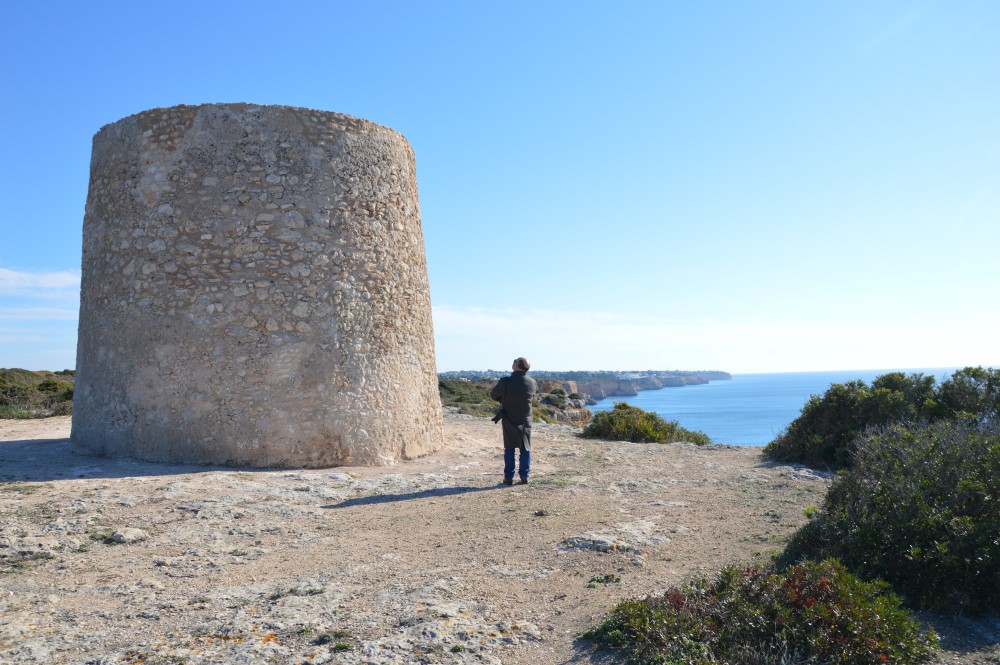 Torre da Lapa, an old watchtower on the coast of Lagoa that was ruined, has now been the subject of conservation and restoration works, in an initiative of the local Council, while its classification process as a monument of public interest is also taking place.
Torre da Lapa, an old watchtower on the coast of Lagoa that was ruined, has now been the subject of conservation and restoration works, in an initiative of the local Council, while its classification process as a monument of public interest is also taking place.
For hundreds of years, up there, the men from the neighborhood took turns watching the coast, always keeping an eye on the boats of the corsairs, mostly from North Africa. In case of danger, it was also up there that a bell was rung, smoke signals were made or, at night, a fire was lit, so that people had time to put their possessions and lives in a safe place. .
But the Torre da Lapa, perhaps built in the XNUMXth century as part of that system of watchtowers that helped defend the Algarve coast, ended up losing its usefulness and degradation began.
Located on the edge of the cliff, on the coast of Lagoa, a short walk away from Ponta do Altar (Ferragudo), the centuries-old tower, beaten by the wind, rain and salty sea salt, began to crumble. And everything suggested that, from this testimony to the history of the Algarve, there would soon be no more than a pile of stones.
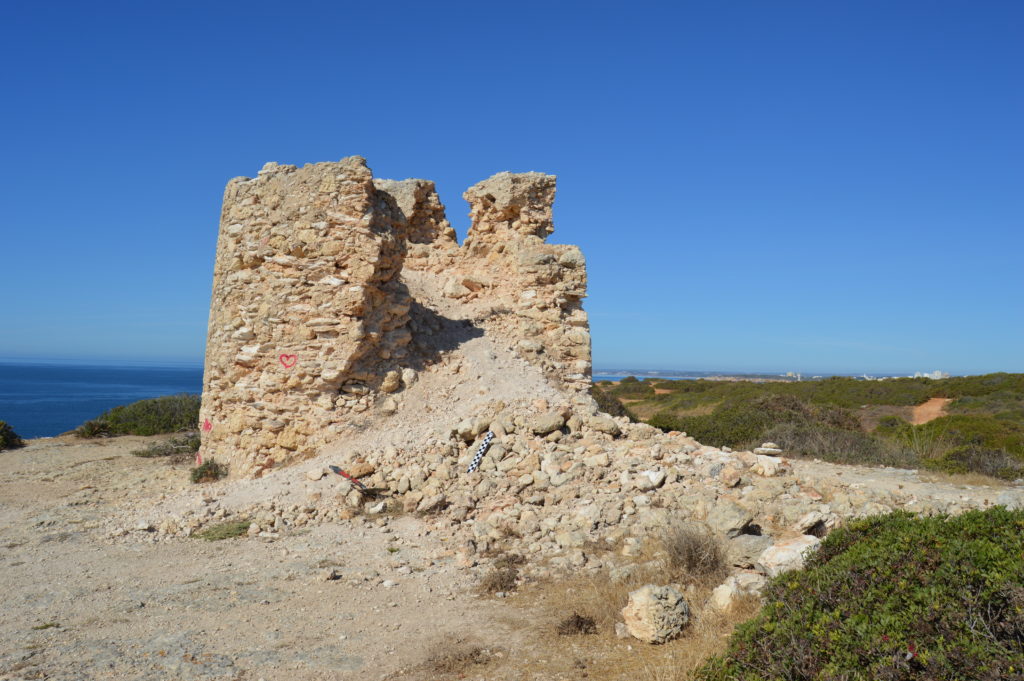
Last year, the Lagoa City Council set to work and, with the technical support of the Regional Directorate of Culture of the Algarve, promoted the careful restoration of the Torre da Lapa, which is now back in one piece and ready to face with more a few hundred years of sun, salt and wind.
Landscape architect José Fernando Vieira, senior technician at Lagoa Council, was responsible for monitoring the works by the municipality. And he tells how the work, despite all the previous study done, brought some surprises.
«I, or the specialized company that carried out this work, or even the technicians from the Regional Directorate of Culture, were convinced that the tower was massive, that the filling of its interior was massive. But we ended up noticing that, in the beginning, the tower was hollow. And the interior was filled either because, over the centuries, the materials of its construction were falling inside or because, at a certain point in its use, someone decided to make it massive," he explained to Sul Informação.
One of the proofs that, in the beginning, the tower would have been hollow was the bush discovered inside and “that it would not have grown there if it had been massive, with everything filled in”.
But, asked José Vieira, "what the hell would the hollow tower be for if it didn't have doors or windows to access its interior?" Was it just to save the amount of material needed for its construction?
For now, it is not known. In any case, in addition to the survey and framing work already done by Natércia Magalhães, senior technician at the Regional Directorate of Culture, to support the request for classification of the tower, Ismael Medeiros, the young archaeologist from the Lagoa Council, who did the monitoring of the entire intervention has already offered to continue the investigation into the origins and history of Torre da Lapa.
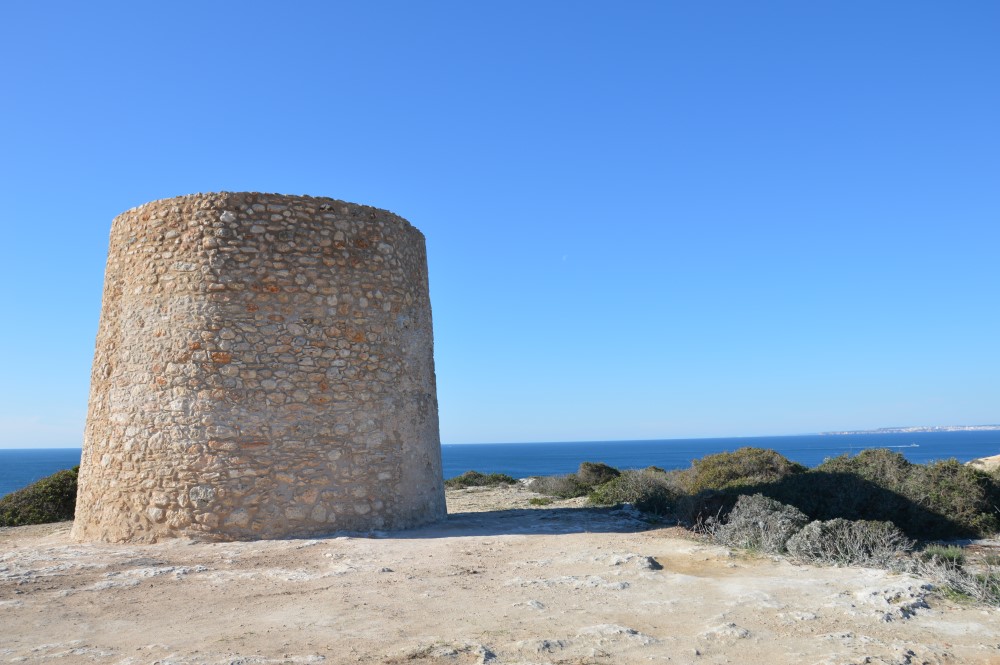
José Vieira also told the report of Sul Informação that the reconstruction of the monument was made “because of the testimony that existed, the height of the tower. Perhaps it was even higher in origin, there are examples, namely here in southern Spain. But we don't have evidence of that, so the tower was as tall as we are sure of».
"The main thing is done, which was to prevent the complete collapse of the tower," said the landscape architect. "Now, with due calm, let's see if we can better redo the history of this tower, to know if it was taller."
Another curiosity of this restoration is that the tower has now been left unplastered, although originally it had been plastered. In fact, pieces of plaster are still visible today on the surface of the wall, it is not known if the original. “In a place like this, so exposed to the elements, a building of this type would certainly be plastered to last longer. But when this was talked about now, there were voices that were raised right away, because people today have the romantic idea of the stone in sight…it will stay that way for now».
Torre da Lapa is, underlined José Vieira, «a landmark in the landscape. It can be seen very well from other points on the coast, such as Carvoeiro. But it is also an interesting landmark of the life of the Algarve in the XNUMXth, XNUMXth, XNUMXth centuries. There was here an important agricultural production and fisheries with some prosperity, which motivated the constant attacks of piracy, which also came here for the captives and for the ransoms they could get from them».
"Who were these people, whether those who were robbed and who had to be always vigilant, or those who assaulted us?" These are still questions for which there are not all the answers.
The idea of classifying Torre da Lapa, as a way to draw attention to it and thus try to avoid its total degradation, came from the Parish Council of Ferragudo, then presided over by Luís Alberto. The initial intention was to classify it as a property of interest to the municipality, but thanks to the intervention of the Câmara de Lagoa and its councilor Anabela Simão, in 2015, the Regional Directorate of Culture of the Algarve decided to advance to a higher grade classification, as a monument of interest public.
The opening of the classification process, by the General Directorate of Cultural Heritage, was already published in Diário da República on 18 August last year.
«In the municipality of Lagoa, we do not have great monumental values, but we do have these small objects that are landmarks in our history and that must be valued», explained José Vieira.
The restoration work is completed, under the responsibility of the company Monument – Building Rehabilitation and Heritage Conservation, don't think that the intervention stops here. Next to the future monument, informational signs will be installed, while the surrounding space will be treated «with the kindness that the site requires».
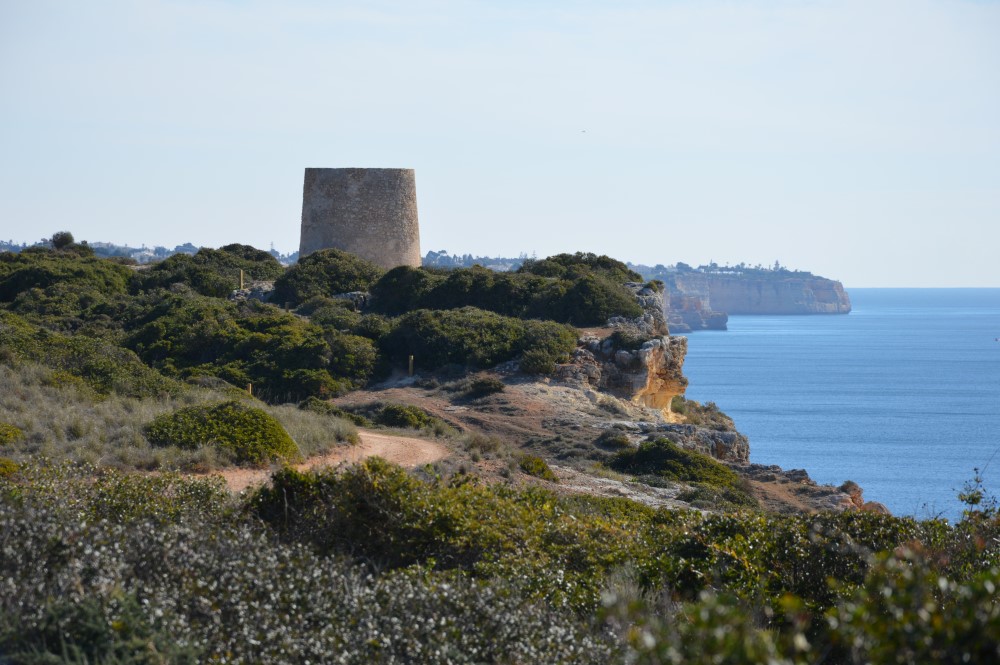
And Torre da Lapa will also be part of the new coastal walking route that Câmara de Lagoa is creating: the «Caminho dos Promontórios».
"It will be a new pedestrian trail, between the Ferragudo jetty and Paraíso beach, already in Carvoeiro, inserted, like the one of the Sete Suspensos Valleys, in the heritage trails promoted by the Câmara de Lagoa", added the architect José Vieira. Like the previous one, it will have the same philosophy, of disciplining the tracks and trampling on the cliff, with the placement of directional signs, rural furniture to rest and observe the landscape. Torre da Lapa will be one of the landmarks in this new «Camino dos Promontórios».
But there is still more news about Torre da Lapa. A documentary is being produced about this emblematic building on the coast of Lagoa, its history, the restoration work, and its future. The documentary is intended to be disseminated either on the Câmara de Lagoa website, or in forums and thematic initiatives.
For now, even without the «Caminho dos Promontórios» and the documentary being ready, the Torre da Lapa tower is already imposing, at the top of the cliff, inviting you to take a stroll along the coast of Lagoa.
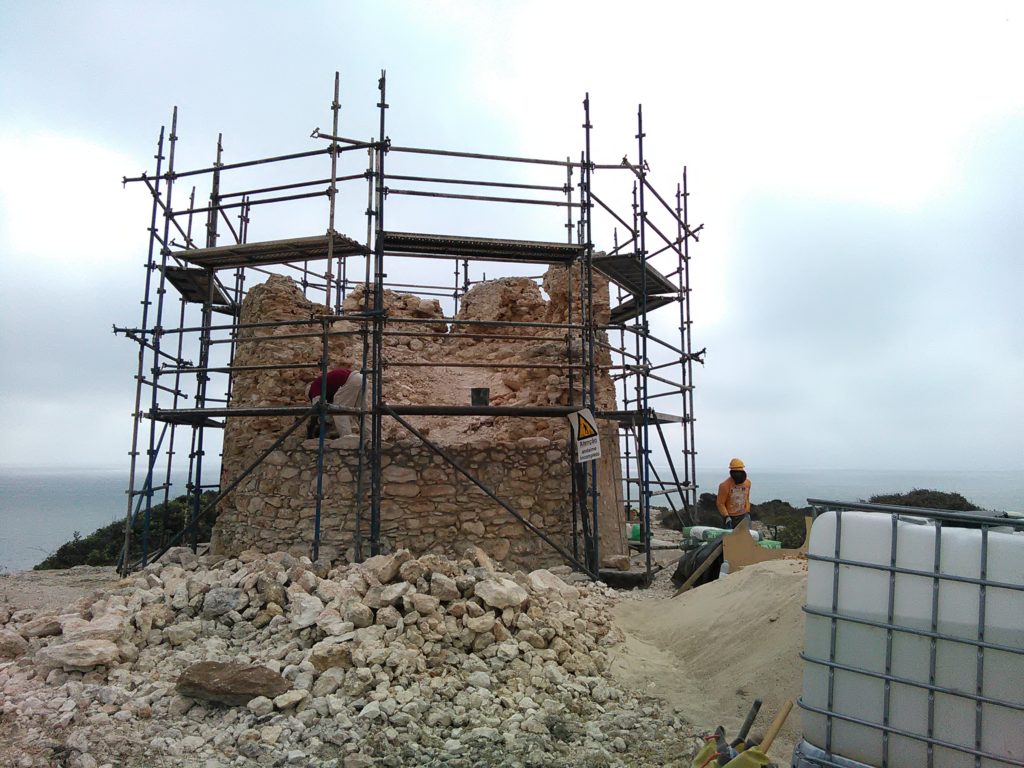
Excerpts from the foundation of the historical and cultural value of Torre da Lapa
(document from the Regional Directorate of Culture, signed by its superior technician Natércia Magalhães, sent to the General Directorate of Cultural Heritage, to open the classification process)
«Across the Portuguese coast, from the Minho River to the Guadiana, but particularly on the Algarve coast, at points where you could see the sea far into the distance, watchtowers were installed, which the population knew as beams, almenaras or watchtowers.
They were not fortifications, but merely surveillance points, on top of which, day and night, men for that purpose paid by the Imposition tax, usually in the summer months when pirates, mostly North Africans, they arrived on the beaches in boats, with the purpose not only of carrying out privateer warfare, but also, by surprise, jumping ashore and practicing in riverside villages or isolated dwellings, theft and capture of slaves for sale in the markets of Tunis, Algiers, etc.
At the top of the watchtowers, the torchbearers, in case they spotted vessels believed to be enemies, made signals, by day, by means of smoke or sounds, and, at night, with fires or lights, thus alerting the people of the place and the neighboring towns for the danger they were running.
In case the pirates disembarked, the towers would be fired from harquebuses, so that the able-bodied men would go to the beaches to fight the corsairs, while the old men, women and children tried to save themselves.
(...)
It is likely that a very organized network of lookout posts was created during the reign of King João III, when several watchtowers were built along the entire south coast, with particular emphasis on Lagos, Portimão, Faro and Tavira.
(...)
The increase in piracy attacks must then have been very evident throughout the Algarve coast. In 1558, the presence of 17 Turkish galleys along the Algarve is noted and, in 1569, three religious who came on their way to the Algarve, are stripped, tortured and robbed by English Lutherans, in front of Odemira. And finally, in 1596, the Earl of Essex attacked Faro, robbing this English privateer from the Bishop's library of Algarve.
(...)
Once the structural situation of piracy on the coast has been overcome, its functionality has been lost, the watchtower towers that, for centuries, were at the heart of daily life and the concerns of riverside populations and the crown, who were simultaneously involved in its construction, reconstruction and maintenance, were permanently abandoned and in the situation of candidates for ruin.
Their abandonment is aggravated, nowadays, by the historical lack of knowledge of the population in general, not able to identify them and give them any meaning, and by the only occasional interest of any public entity».
Note: corrected the name of the company responsible for the conservation and restoration work, at 17:33 pm on the 13th of February.
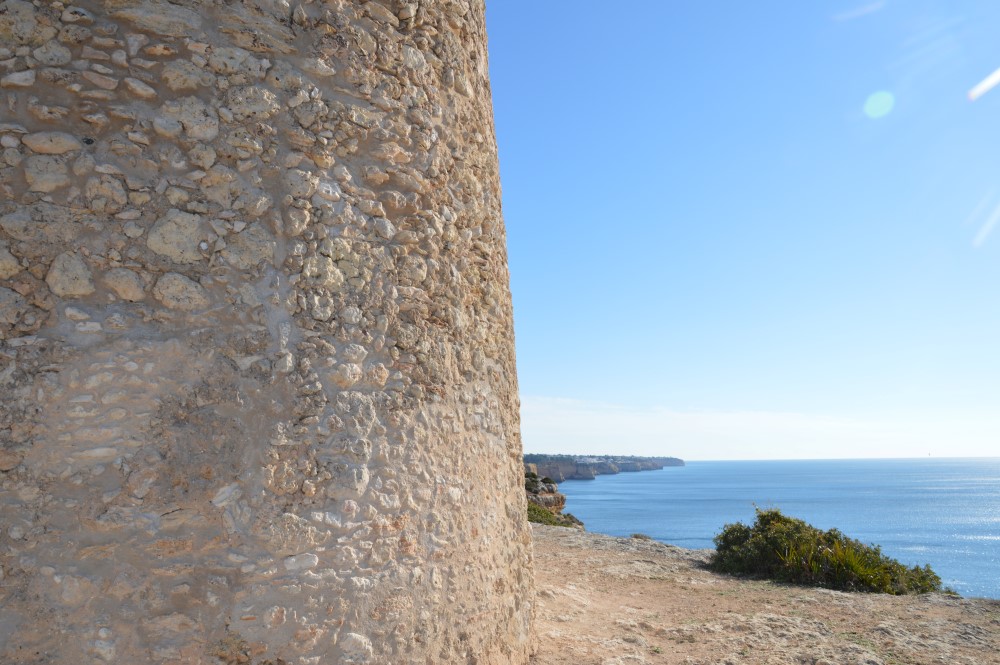
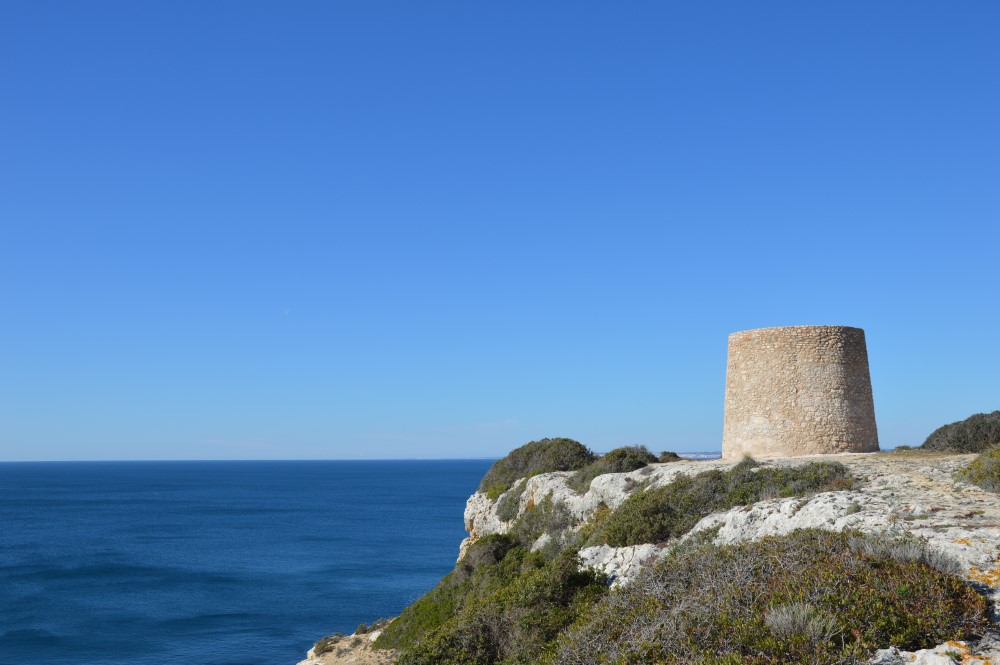
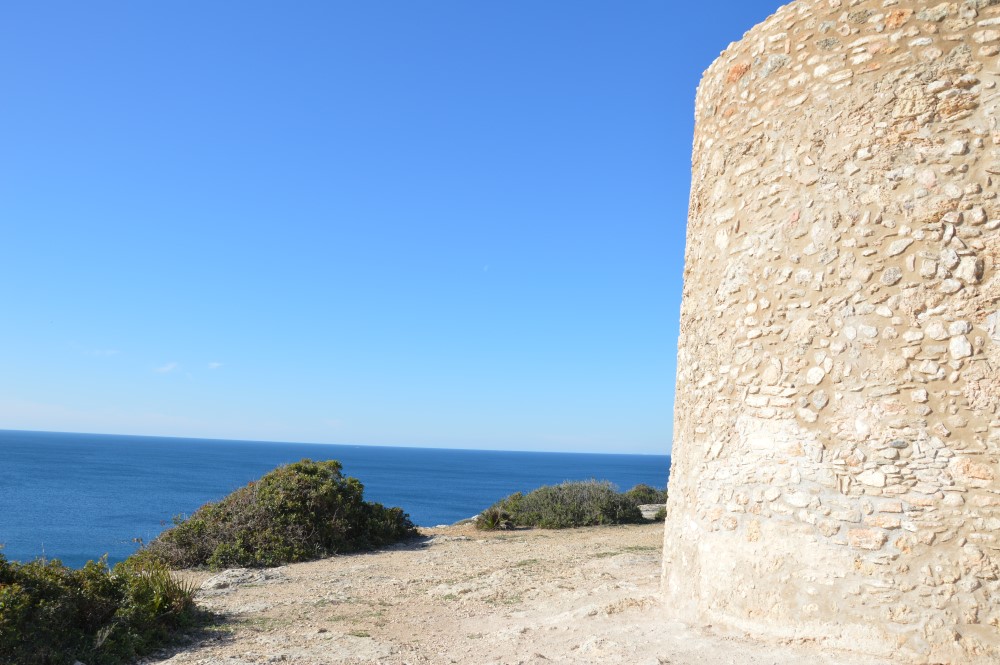
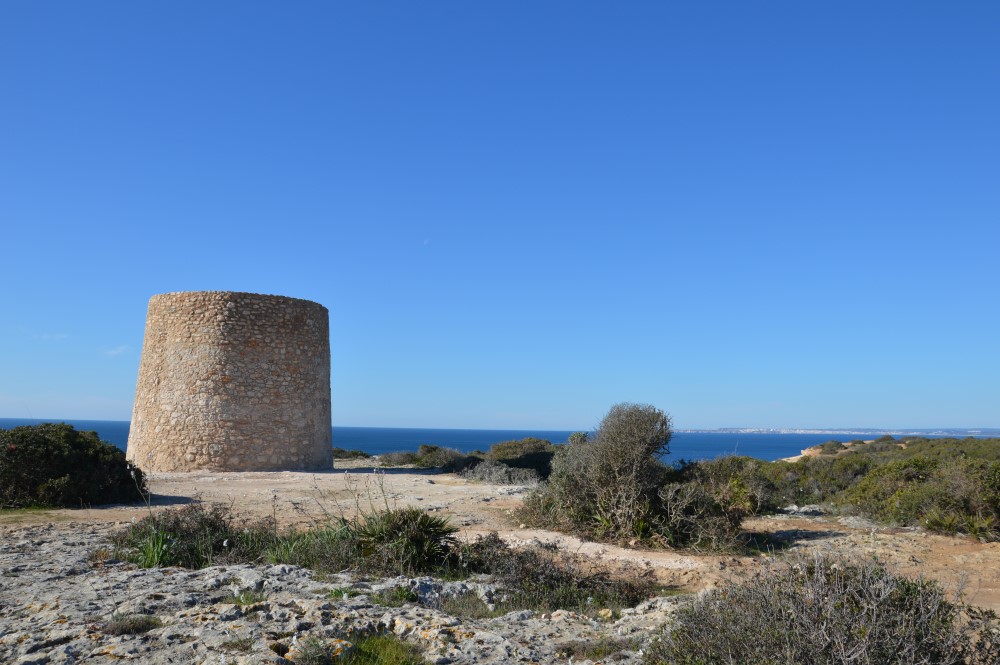
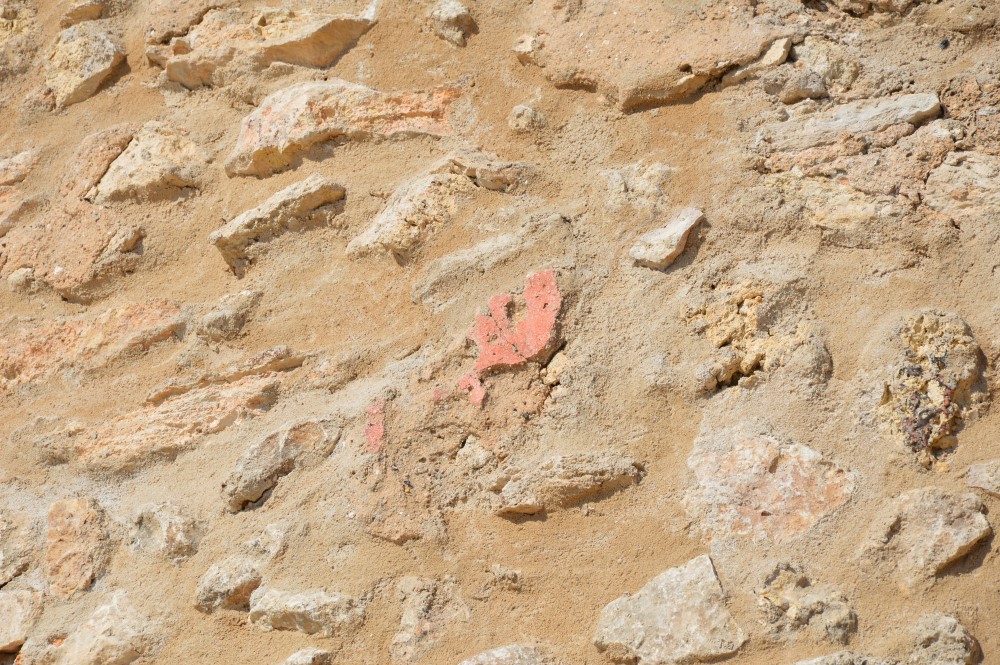
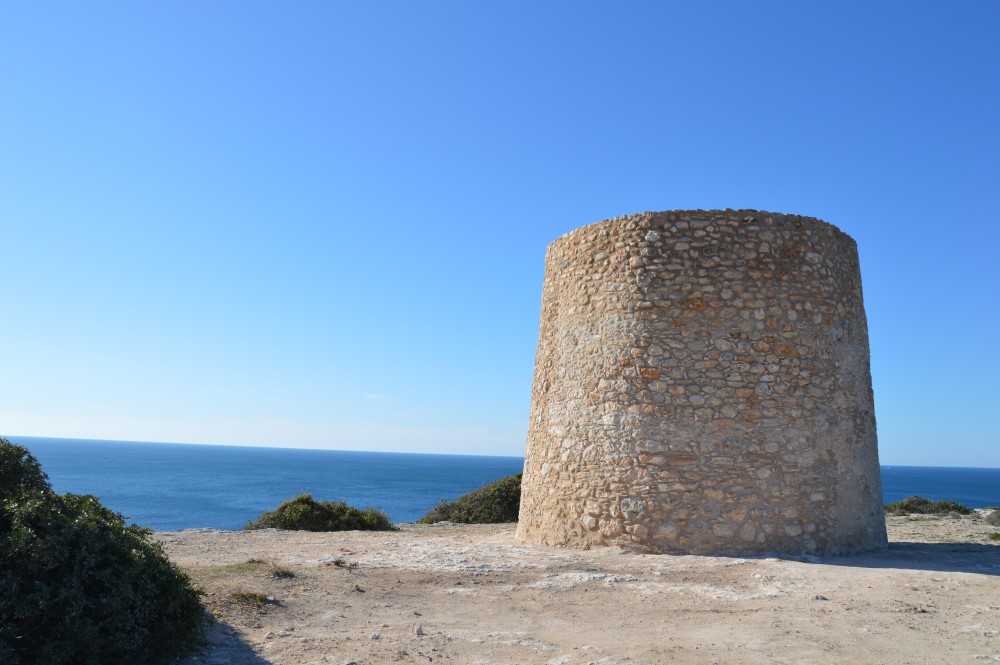

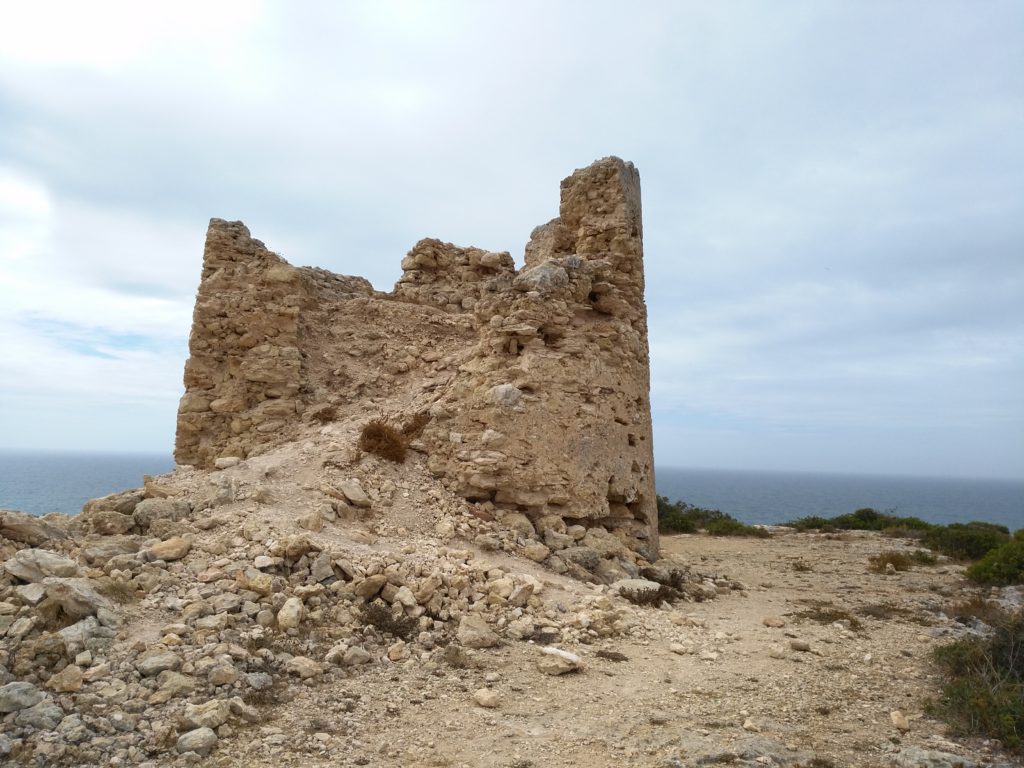
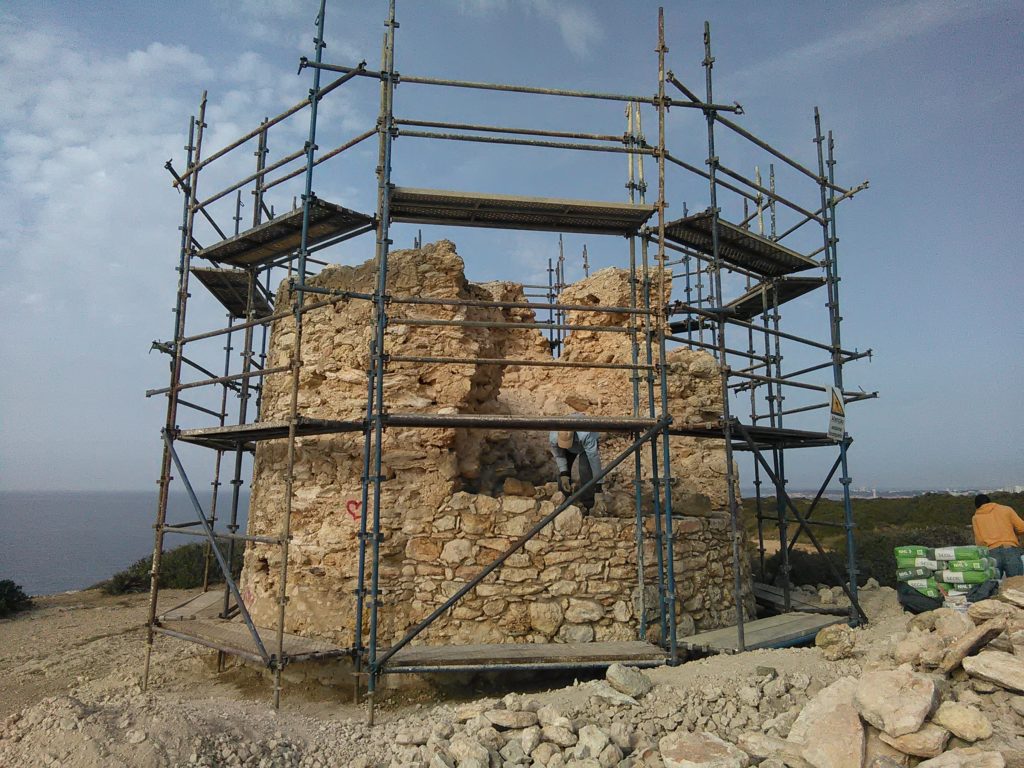
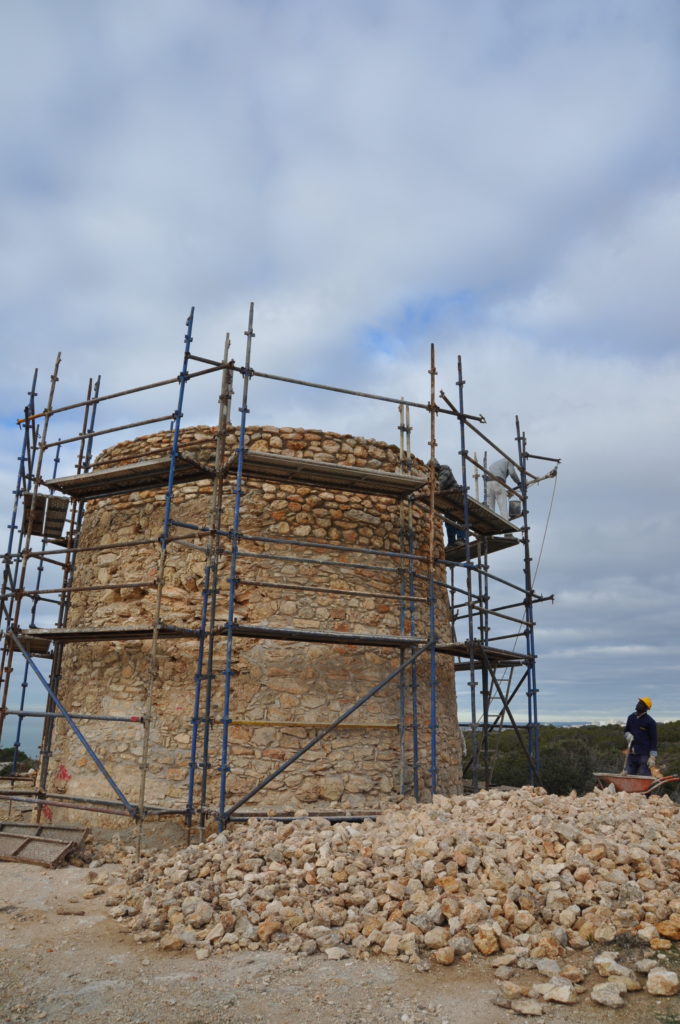


















Comments